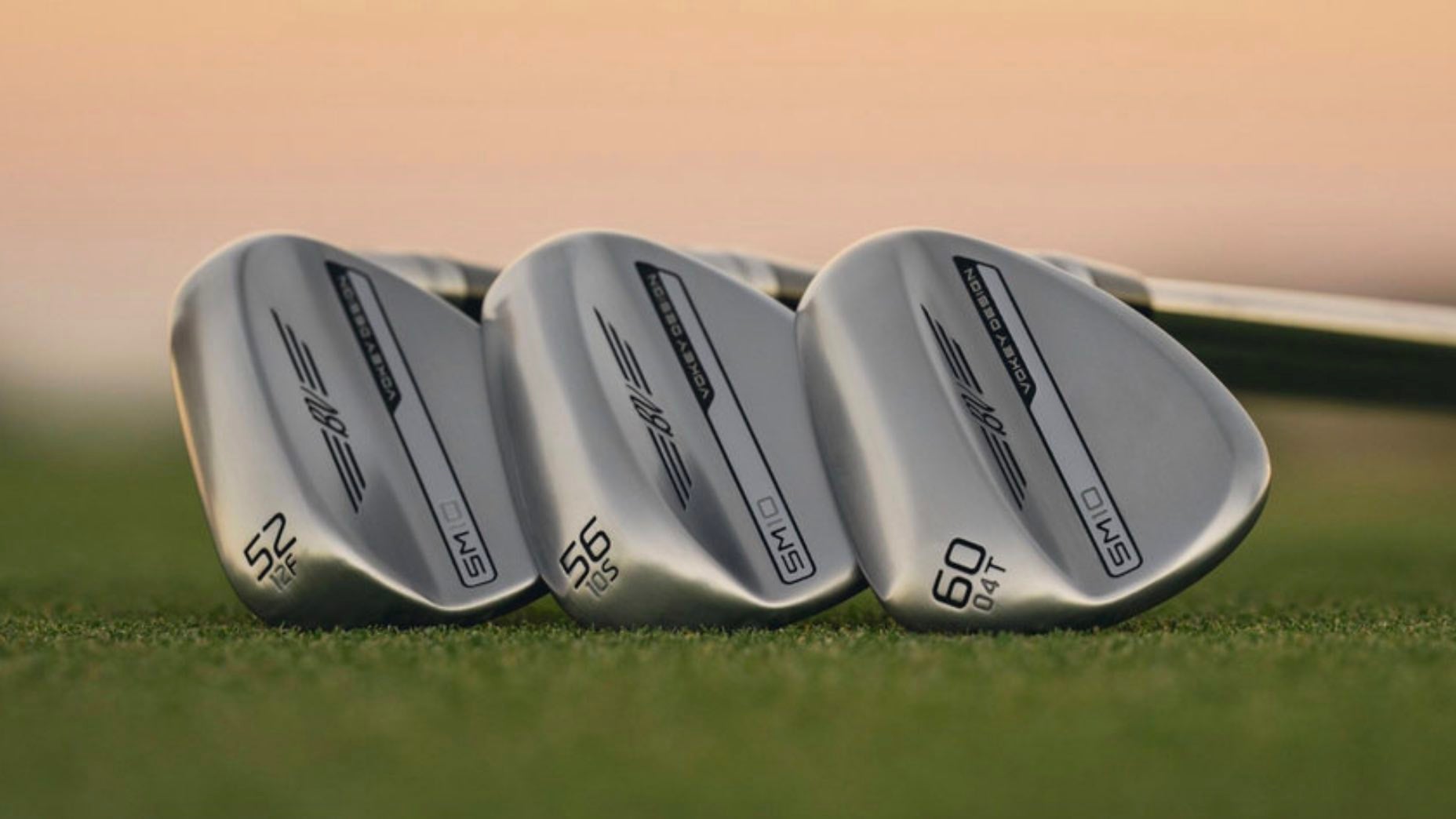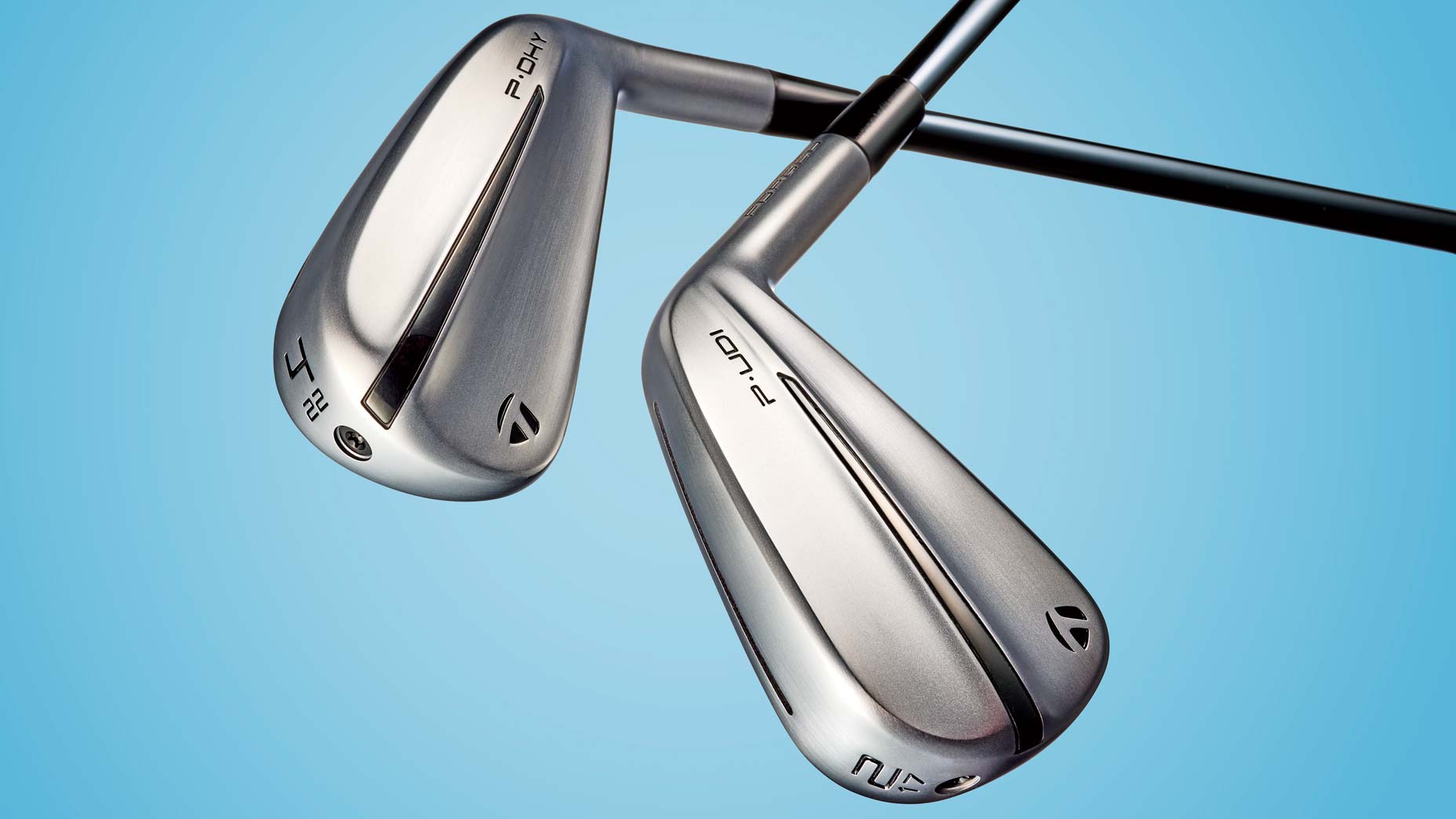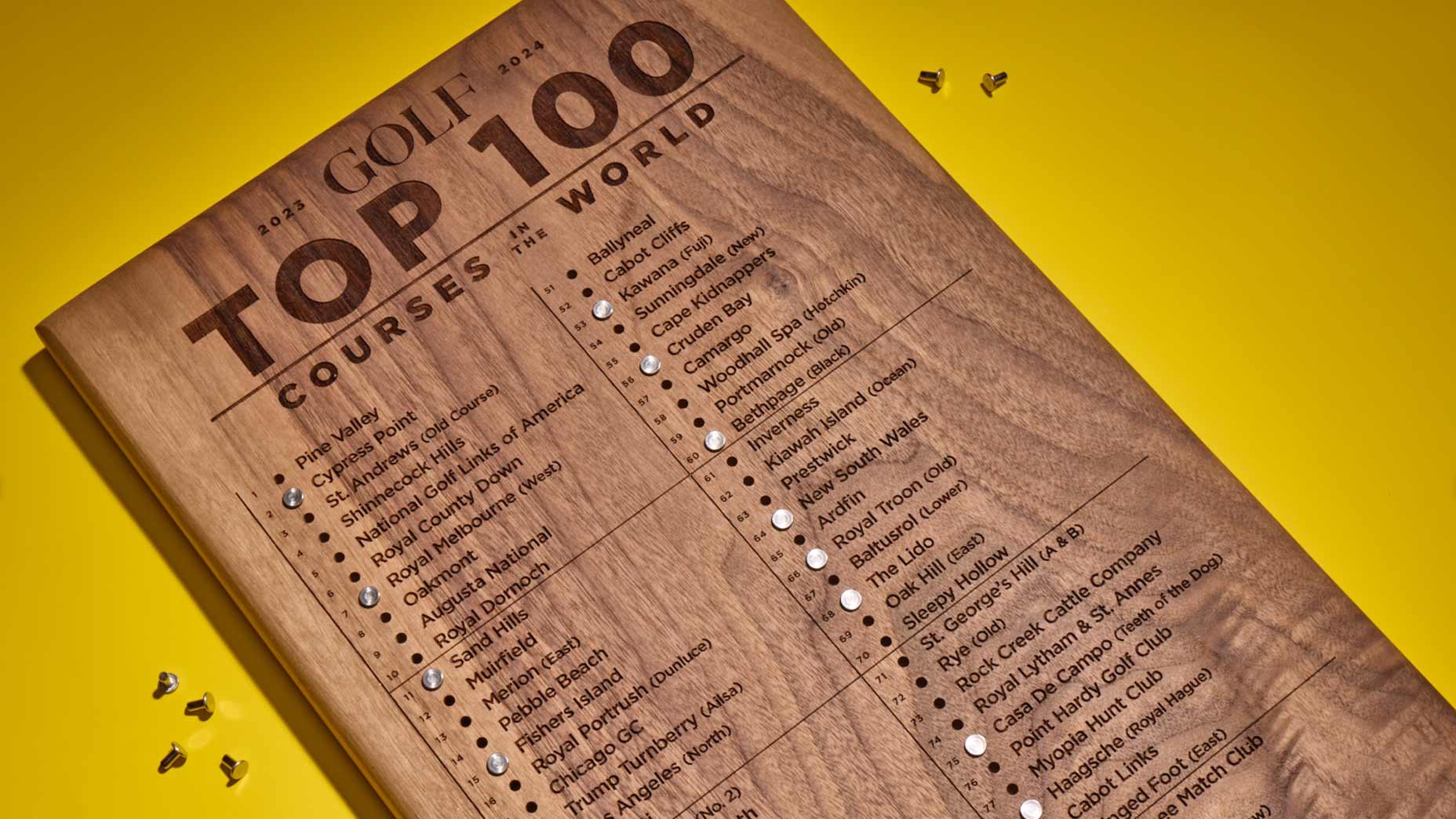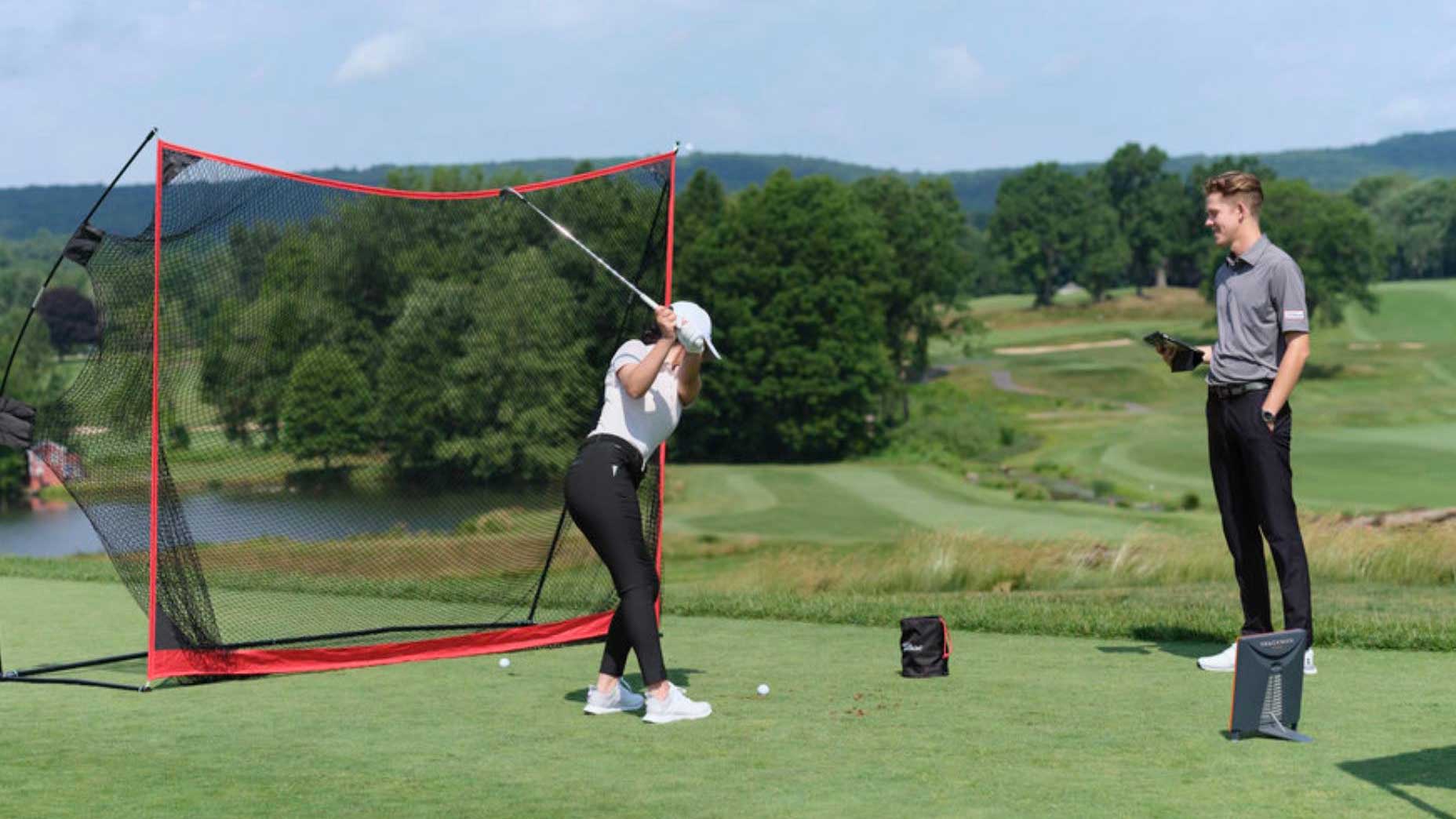Inside the hallways of Titleist’s golf ball R&D building
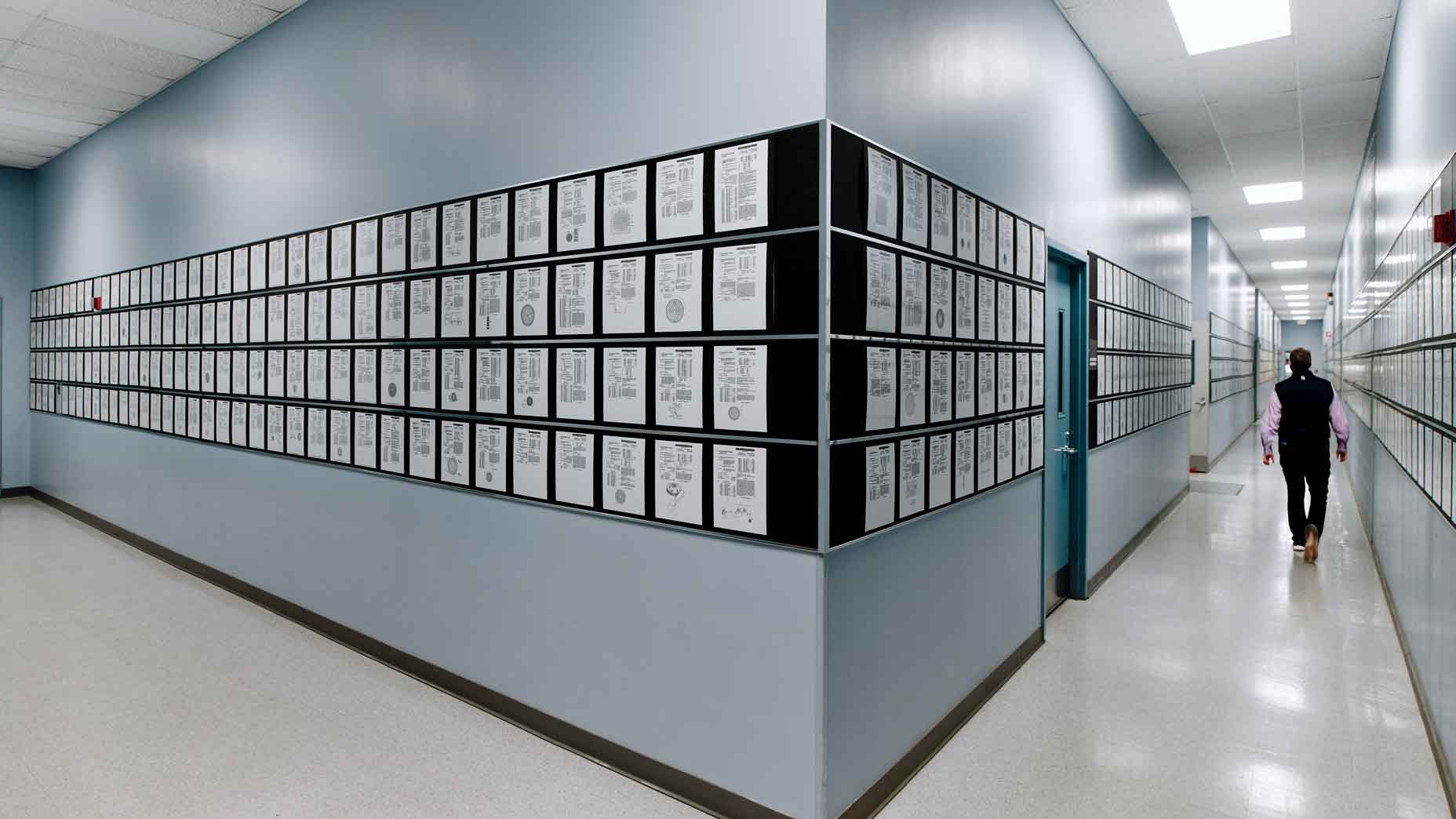
At Titleist, the walls are filled with the company's patents.
Tony Luong
The center — the core — of the golf ball universe is Titleist’s dedicated research and development building at Acushnet HQ in Fairhaven, Mass. It has two main areas: In the front are offices and in the rear are laboratories, where any process from Titleist’s nearby ball-making plants can be carried out, just on a smaller scale. Hallways connect the offices and labs, literally but also figuratively, since these inner walls — the mantle layer — are lined with about 1,500 Titleist ball-related patents.
Close observers will note that the most recent patent dates to 2018. Has Titleist failed to devise anything new since? Quite the contrary. An intellectual property juggernaut, the brand has been awarded almost half of all U.S. golf ball patents issued over the past 20 years. They just ran out of wall space.
“We’ve been on the verge of a renovation for a while, so we decided not to do more updates until then,” says Michael Madson, Titleist’s VP of golf ball R&D. “When we revamp it, it’s going to be inclusive of all our patents since the first in 1935.”
The government docs make for striking decor. An especially fastidious interior designer might envy the concept. But beyond simply looking cool, the patent walls provide affirmation, inspiration and retrospection.
“Within golf ball R&D, we have lots of groups working on lots of things: aerodynamics, construction, materials, process,” says Madson, whose prolific boss, Mike Sullivan, just surpassed 1,000 U.S. patents on his own, good for No. 34 of all time, ahead of Einstein. (Madson’s 164 ranks him eighth in the golf ball industry.) “It high lights that everything is critical to what we do. If you go back into Titleist’s history, that first-ever patent wasn’t even for a golf ball — it was for a piece of test equipment.
“The wall is meant to celebrate that research comes in different forms,” concludes Madson. “Each one is critical to our everyday existence within R&D.”
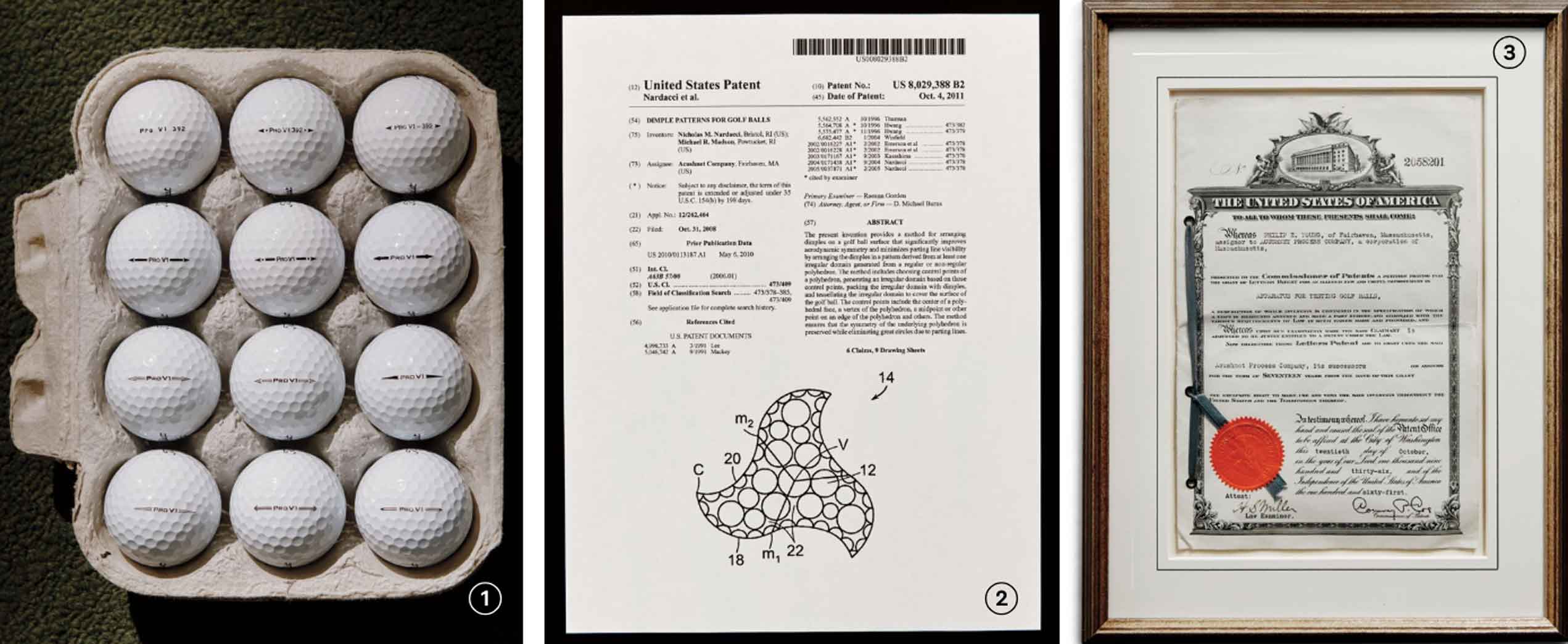
From left to right: 1. Since the 2000 launch of Titleist’s game-changing Pro V1 golf ball, each of its 12 generations has required a unique side stamp to make the iteration conforming for competition. More than 125 patents have been utilized by Titleist for that dozen different versions of the ball.
2. Featuring a technical drawing that resembles the offspring of a squid and a ninja star, Patent No. 8,029,388 B2 relates to a tiling method that allowed Titleist to unite highly symmetric dimple patterns with a wavy, better camouflaged parting line around the ball instead of, per Madson, a “big landing strip around the equator.”
3. In 1935, founder Phil Young received the company’s first patent, which related to a ball testing machine.
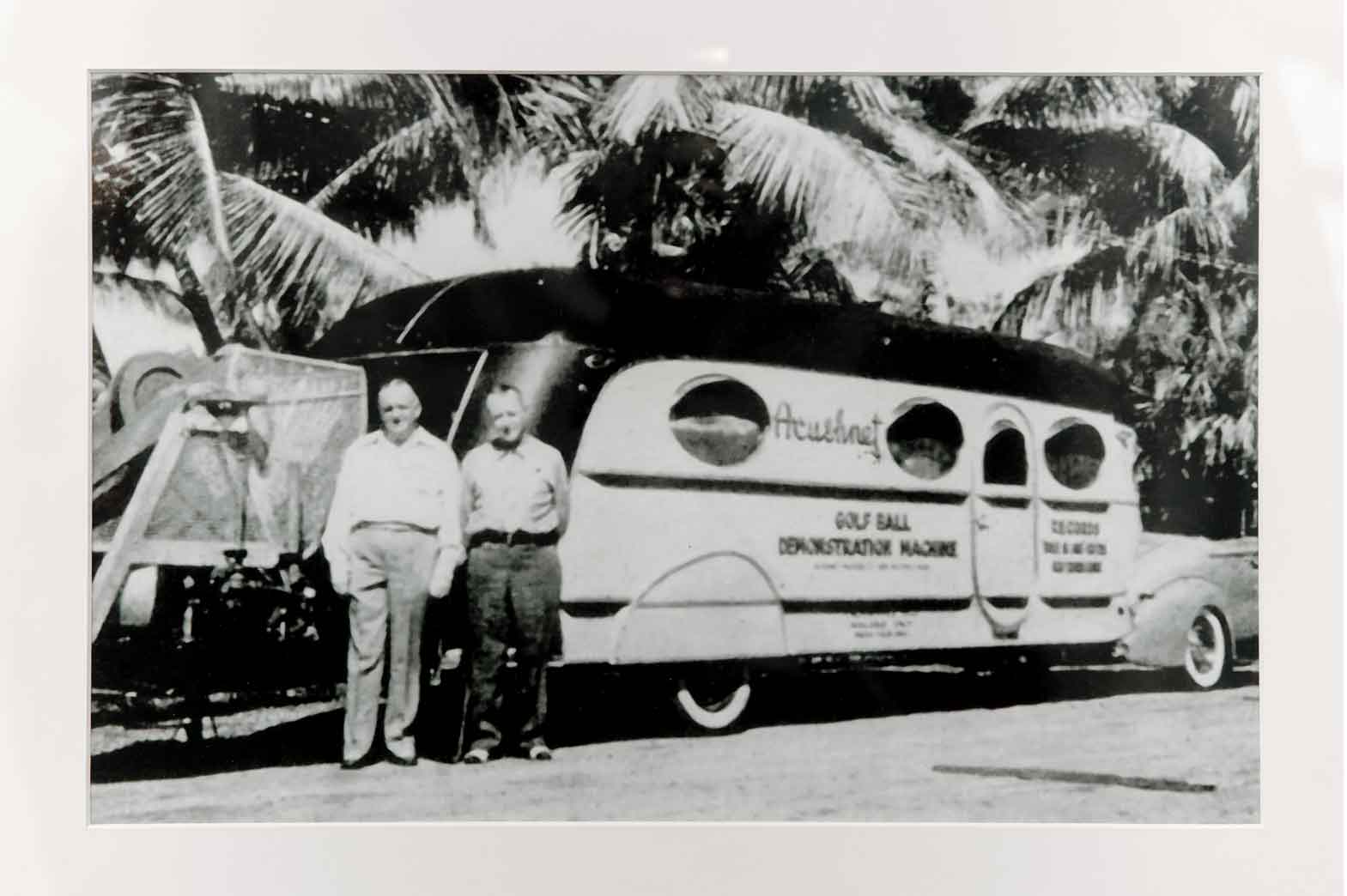
The Acushnet Golf Ball Demonstration Machine, hitched to a trailer worthy of “I Love Lucy,” would visit driving ranges and hit a Titleist ball and a competitor’s ball simultaneously. Guess which one flew straighter and farther?
Titleist Pro V1x Left Dash Golf Balls
$54.99
View Product

